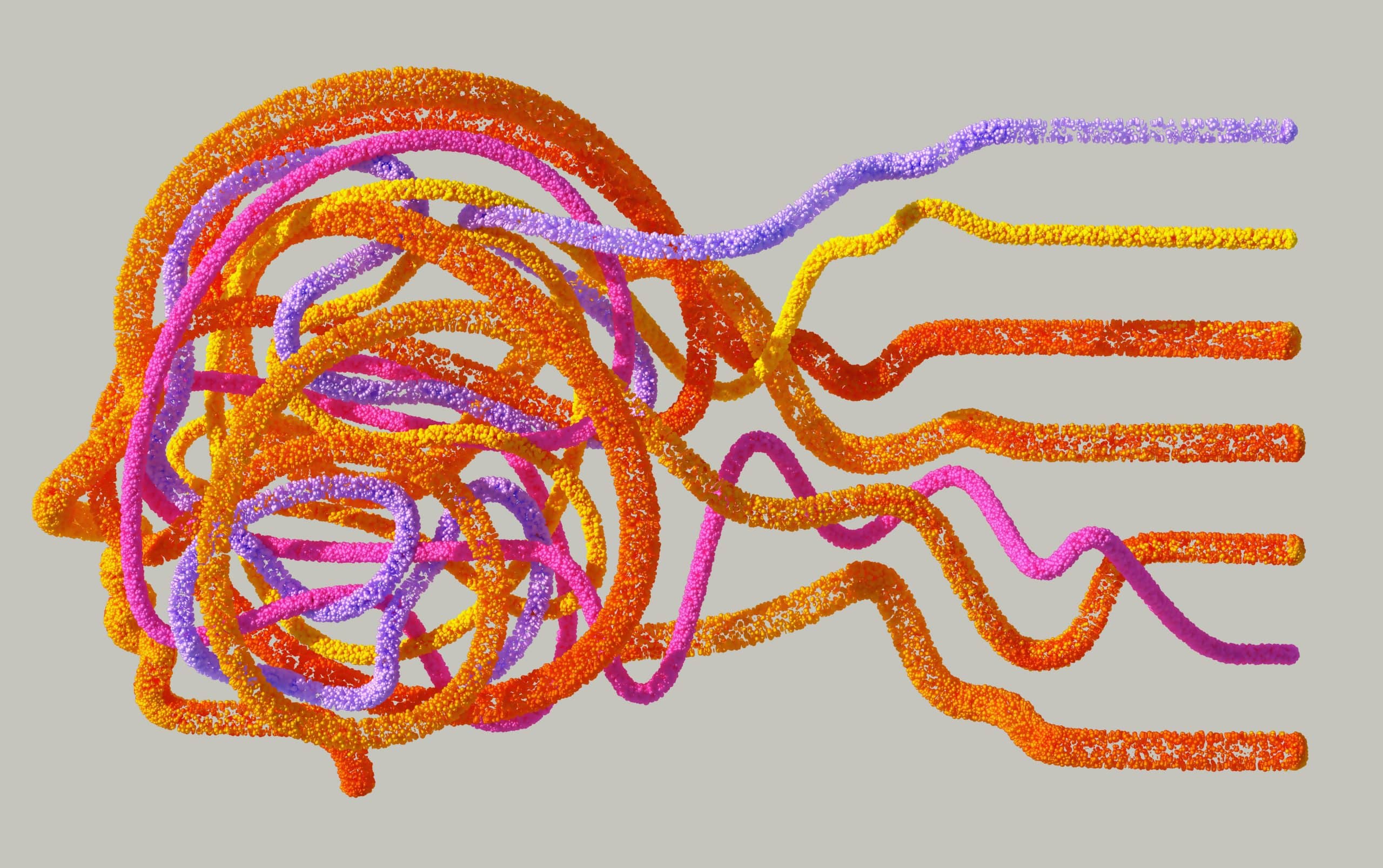Pancreatic cancer is a severe disease that primarily impacts the pancreas. This gland is vital for digestion and lies between the stomach and the spine in the abdomen. Moreover, the pancreas also regulates a person’s blood sugar through the body’s enzymes and hormone production. When cells mutate and multiply, they form tumors and cause pancreatic cancer.
Discovering Pancreatic Cancer
Most pancreatic cancers tend to develop in the duct of Wirsung or the main duct in the pancreas. Specifically, this duct keeps the pancreas and common bile duct intact. Sadly, it remains challenging to detect pancreatic cancer at this location. Typically, early-stage tumors in the pancreas are hard to catch on imagining tests, further hindering the diagnosis process.
What’s more? Late diagnosis of pancreatic cancer may complicate treatment as it may have spread throughout the body. Another threat to treating pancreatic cancer is its resistance to various cancer-specific drugs. Currently, researchers are looking for new ways to detect this disease by exploring genetic testing or advancing imaging methods. However, more research is still needed to understand the complexity of pancreatic cancer.
Types of Pancreatic Tumors
There are 2 major types of pancreatic tumors that have different characteristics: exocrine and neuroendocrine tumors (NETs). Exocrine tumors are the common type of pancreatic tumors, accounting for over 90% of carriers. Particularly, individuals with pancreatic cancer are likely to have the specific type, adenocarcinoma. Lastly, this cancer forms in cells lining the organs of the pancreas. In contrast, fewer than 10% of all pancreatic tumors have NETS or islet cell carcinoma.
Approximately, around 3% of U.S. citizens have pancreatic cancer as it’s the 10th most prevalent cancer in men and the 8th for women specifically. However, diagnoses of pancreatic cancer continue to rise, causing concern for many researchers. Notably, it’s projected that pancreatic cancer may become the 2nd leading cause of death from cancer in the U.S. by 2030.
Symptoms of Pancreatic Cancer
Without any warning signs in the early stages, doctors may not detect pancreatic cancer until it advances. Indeed, people tend to develop symptoms once the tumor impacts surrounding organs in the pancreas or the digestive system as a whole. Symptoms a person may have consist of dark urine, jaundice, light-colored stool, new-onset diabetes, weight loss, blood clots, bloating, gas, nausea, itchy skin, vomiting, fatigue, upper abdominal or middle back pain, and a loss of appetite.
Yet, a doctor may suspect someone has pancreatic cancer if they’ve recently developed pancreatitis or diabetes. To be precise, pancreatitis is a severe condition that causes pain in the pancreas due to inflammation. Unlike traditional pancreatic cancers, someone with pancreatic neuroendocrine cancer typically exhibits symptoms, such as anemia and diarrhea. So, individuals who experience persistent or unusual symptoms should seek medical help. If they detect these health problems early, they can get the best treatment possible.
Challenges

Since it’s challenging to detect pancreatic cancer early, a person may have to wait until they develop symptoms to get diagnosed. Many people are likely to have symptoms a year prior to getting their cancer diagnosis. In fact, stomach or back pain is often the first symptom people report experiencing especially after they finish a meal or lie down. With that said, Mayo Clinic physicians working in Rochester, Minnesota have been hard at work determining causes of pancreatic cancer to combat it more effectively.
Not only is diagnosing pancreatic cancer difficult but finding its cause is just as challenging for researchers. So far, they’ve offered various risk factors that can increase someone’s chance of getting pancreatic cancer. Lifestyle factors like smoking cigars, cigarettes, and other tobacco products can increase one’s risk of developing this disease. Individuals who struggle with obesity or carry extra weight around their weight are also at risk. Certain health conditions like type-2 diabetes play a significant role too with sudden-onset diabetes believed to cause pancreatic cancer.
Four Stages of Pancreatic Tumors
Healthcare providers separate pancreatic tumors into four stages to determine the best treatment methods. Resectable tumors are found directly in the pancreas and nowhere else. Since these tumors don’t affect surrounding organs or vessels, it makes surgical removal nearly impossible. Borderline resectable tumors may involve surrounding blood vessels, giving doctors more room to remove these types with surgery. Yet, this type may be more complex compared to resectable tumors.
Surgically removing locally advanced tumors may be unsafe as these tumors significantly impact surrounding blood vessels. Lastly, metastatic tumors usually affect areas of the body besides the pancreas. Specifically, these tumors can be found in the abdominal cavity, liver, and lungs. Beyond these areas, metastasis tumors can impact surrounding tissues, organs, and even lymph nodes. Doctors must understand these types of pancreatic tumors to make the best-informed decisions in treatment. That’s why discussing one’s diagnosis with their doctors is important to gain valuable insight and information.
Survival Rate

Although the survival rate of pancreatic cancer is low, complete remission is possible when detected and treated early. What’s more? The only way a person can cure themselves is by having surgery that removes the cancer from their pancreas entirely. Sadly, total removal of this cancer may not be possible for some individuals. People with pancreatic cancer may benefit from various surgeries depending on the location and size of their tumors.
Particularly, the Whipple procedure is preferred for tumors located in the pancreas head. Secondly, the distal pancreatectomy focuses on tumors affecting the pancreas tail. For those whose cancer has impacted the whole pancreas, a doctor may consider a total pancreatectomy to remove the organ entirely. Although someone can live without their pancreas, they may become at risk of developing certain side effects such as diabetes or other digestive problems.
Final Thoughts
In the U.S., the survival rate of living with pancreatic cancer for 5 years is around 11%. This means that 11 individuals out of 100 total are still alive 5 years after getting a diagnosis. However, these numbers are only estimates and don’t predict treatment responses or outcomes. Indeed, people should seek immediate medical help following their diagnosis as pancreatic cancer can be a life-changing and emotionally draining health condition.
Disclaimer: This article is intended simply to provide information. It does not replace the medical advice of a physician or other medical professional. Please speak with your doctor or therapist if you have any questions or concerns.










